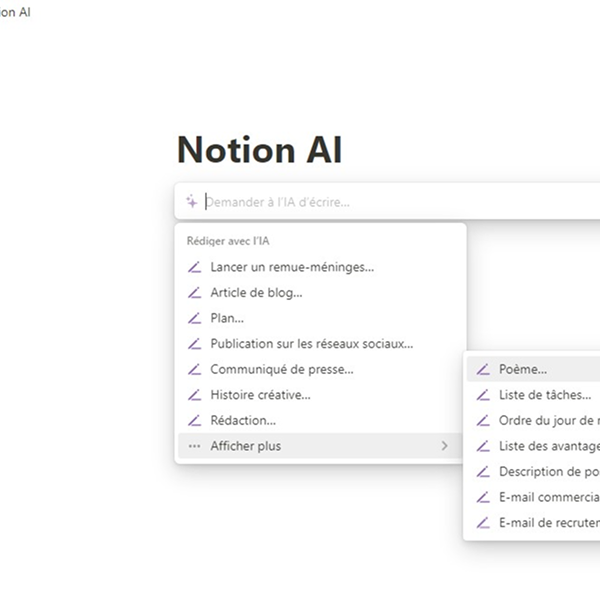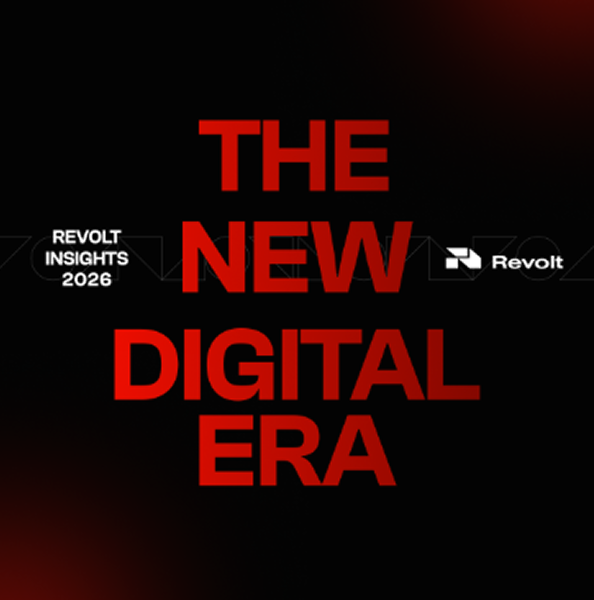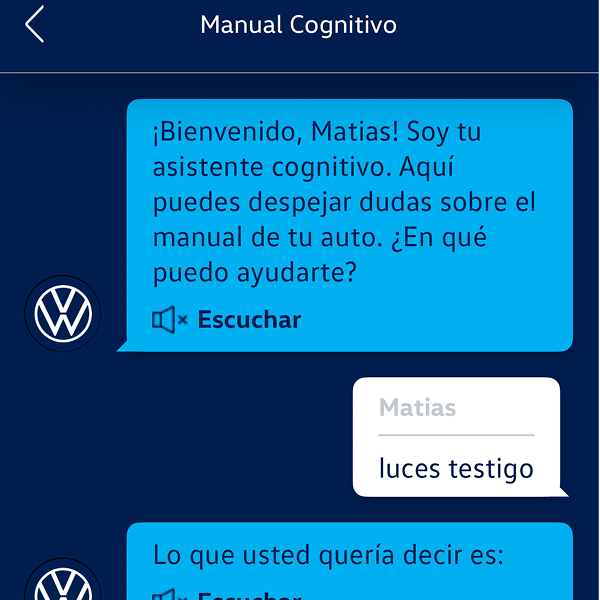Introduction to No-Code
In recent years, the term “no-code” has gained significant traction, especially among startups and small businesses. But what exactly is no-code? No-code refers to a development approach that allows users to build software, websites, and applications without writing a single line of code. Instead of traditional programming, no-code platforms provide intuitive visual interfaces, often through drag-and-drop features, that simplify the process of creating digital products.
This democratization of technology has empowered a broader audience—ranging from designers to marketers—to take on tasks that once required a developer’s expertise. By lowering the technical barrier, Zero-code development tools are revolutionizing how businesses operate, enabling faster iterations, reducing costs, and fostering innovation across various industries.
The Core Components
No-code platforms typically focus on two primary areas: User Experience (UX) and User Interface (UI) design. These platforms allow users to visually construct the UI, the part of the application that users interact with, ensuring that it is both functional and aesthetically pleasing. This emphasis on UX/UI design is crucial, as it helps non-technical users create applications that not only work well but also provide an engaging experience for end-users.
Tools like Webflow and Elementor are prime examples of no-code platforms that excel in UX/UI design. Webflow, for instance, offers a powerful visual interface for building responsive websites, complete with custom animations and interactions, all without the need for coding. Similarly, Elementor allows users to design professional-grade WordPress websites with ease, making it a popular choice among agencies and freelancers.
How No-Code Integrates with AI and Automation
One of the most exciting developments in the no-code space is the integration of artificial intelligence (AI). AI-powered no-code tools are becoming increasingly popular as they enable even more complex functionalities, such as predictive analytics, chatbots, and personalized user experiences. For example, some platforms now offer AI-driven features that can automatically suggest design improvements, optimize content, or even generate entire website layouts based on user input.
This integration of AI further simplifies the development process and opens up new possibilities for innovation. Businesses can leverage these tools to automate routine tasks, streamline workflows, and create more sophisticated digital products without needing specialized technical knowledge.
Why Startups and Agencies Are Embracing Visual development
Startups and agencies are among the biggest adopters of no-code tools. For startups, no-code offers a way to quickly build and launch products without the need for a full-fledged development team. This speed-to-market is critical in competitive industries where the ability to iterate quickly can be the difference between success and failure. With no-code platforms, startups can prototype, test, and launch MVPs (Minimum Viable Products) rapidly, allowing them to validate ideas and make data-driven decisions.
Agencies, on the other hand, benefit from the scalability and efficiency that no-code tools provide. Instead of relying on a large team of developers, agencies can use no-code platforms to deliver high-quality products to clients in a fraction of the time. This not only reduces overhead but also allows agencies to take on more projects and offer a wider range of services.
The Future of Low-code and Its Impact on the Industry
The no-code movement is poised to have a significant impact on the future of software development. As these tools continue to evolve, they will likely become even more powerful, enabling users to create increasingly complex applications. The rise of no-code is also expected to blur the lines between technical and non-technical roles, as more people gain the ability to build digital products independently.
Moreover, as more businesses recognize the value of no-code, we can expect to see greater investment in this space, leading to the development of new platforms and tools that cater to specific industries or use cases. This democratization of development is not just a trend; it represents a fundamental shift in how we approach technology and innovation.
Conclusion
In conclusion, no-code is transforming the way we build and interact with digital products. By eliminating the need for traditional coding, no-code platforms empower a broader range of individuals to create, innovate, and solve problems. Whether you’re a startup looking to launch quickly, an agency aiming to scale efficiently, or simply someone interested in building a website without coding knowledge, no-code offers the tools and opportunities to turn your ideas into reality. As the no-code movement continues to grow, it will undoubtedly play a pivotal role in shaping the future of technology.







